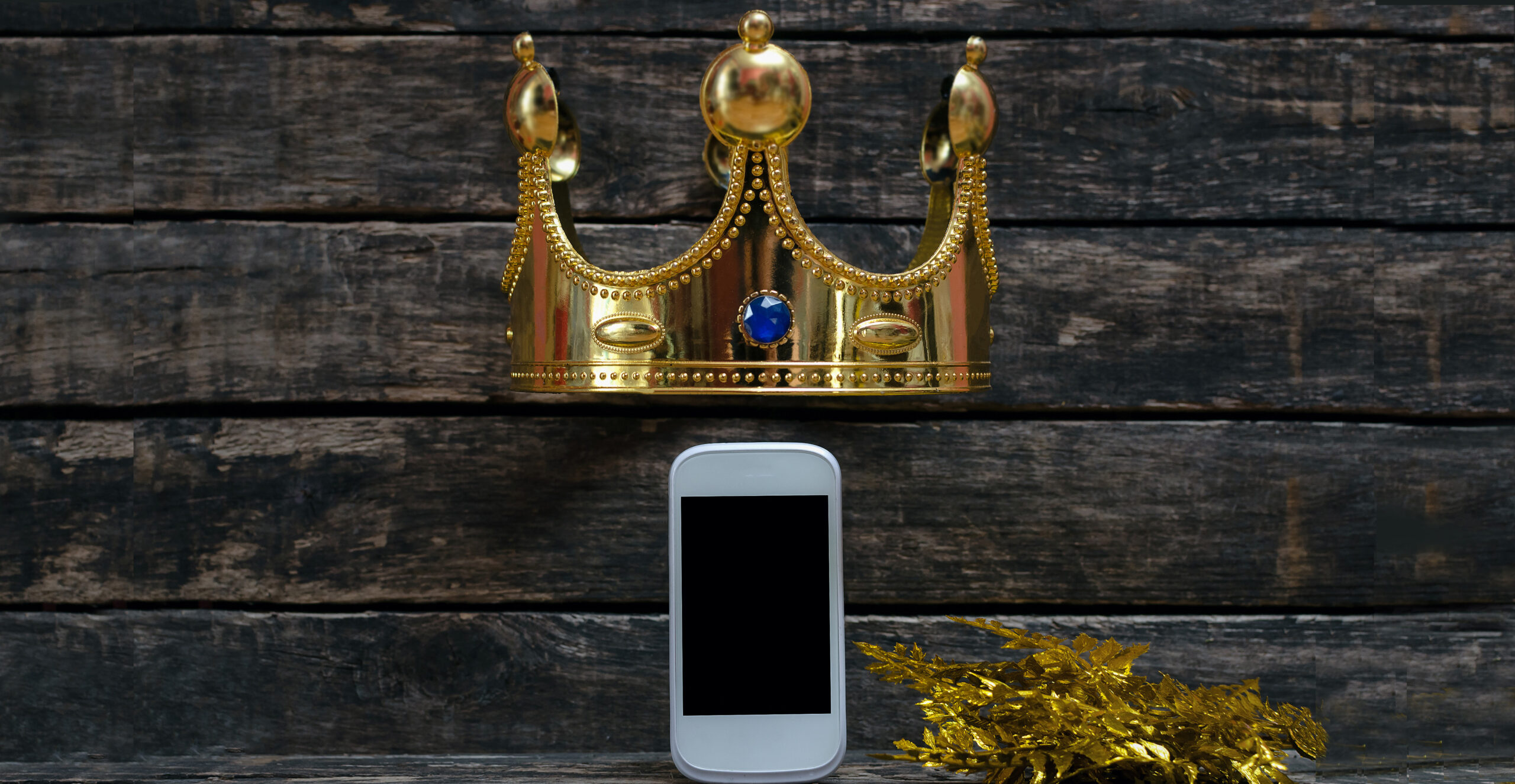
As Australia prepares to roll out the COVID-19 vaccine, communication with the public will become a top priority.
Text messaging may assist with communicating current and accurate information to the public, and could also be a useful tool for reminding individuals to get their second dose. However, this method could also pose a security risk to patients unless safeguards are put into place to protect them.
Delivering against ambitious vaccination targets
Australia has a plan to ensure 80 percent of the population is vaccinated by October 2021, with the first round of vaccines expected to be available late-February. The goal is to vaccinate 80,000 people per week initially and gradually accelerate these numbers as the system is established and expanded.
To be effective, federal and state governments, working alongside healthcare providers, will need a cohesive and consistent communications plan to ensure members of the public understand the process and are committed to playing their part. With the large amount of misinformation circulating about vaccine efficacy and potential side effects, building public trust in the integrity of the vaccine and vaccination process will be a communications priority. This will mean cutting through the ‘chatter’ and ensuring people have access to accurate information and real time updates.
With the UK, Europe and the US already rolling out their mass vaccination programs, there is opportunity to learn and assess what is working when it comes to citizen-centric communications. For example, there have been reports that opportunistic scammers in the UK and Singapore are requesting payment for vaccines via text, resulting in significant financial losses. Governments have sent reminders that the vaccines are free, advising the public on how to verify the authenticity of a sender, warning never to disclose personal or bank details and instructing how to report suspected scam texts.
Common sense and best practice should be applied when handling such messages. In these situations, it’s best to call the provider directly by looking up their number and not call the number provided in the message. Alternatively, logging in directly and not following any URLs they’re providing will avoid any phishing scams.
The importance of mobile messaging in driving behavioural change
In previous vaccination programs, the widespread availability of mobile phones has been an important factor in enabling the broadest population coverage to drive the required behavioural change. Using mobile messaging is expected to play a significant part in both the education and logistics needed to drive this vaccination effort.
Text messages have been used in several successful vaccination programs. Columbia University Medical Center researchers looked at the impact SMS had during an influenza vaccination program across 660 families with children who needed a second dose influenza vaccine. It found promising results.
By using educational text messages as part of the vaccination program, it found that just over 73 percent got their second dose, compared to those who got a more traditional written reminder, where only 57 percent went back for their second dose. The research also highlighted that parents found the text message information was “helpful, provided information quickly, and demonstrated that someone cared.”
There are three top tips to consider when assessing how mobile messaging can play a critical role within vaccine patient education:
- Text messaging is a rapid and direct way to connect to people on a more personal level to get critical information to them.
- If the receiver has opted in to receiving text communication from an agency or health provider, they will be able to verify the information has come from a trusted source.
- A direct message from a trusted source has bypassed media and third-party filters to ensure it gets to the people who need it most.
Ensuring the efficacy of vaccine communications
As seen in other markets, having a robust pre-screening process and supporting communication to educate healthcare workers and patients will be key. Reducing no-show rates will also be fundamental when trying to reach as many people as quickly as possible, to minimise vaccine wastage.
This underlines the importance of text message appointment reminders to ensure the double dose is administered within the appropriate timeframe. In the US, the Centers for Disease Control and Prevention has encouraged healthcare organisations to consider automated voice and text messages to manage patient notifications regarding the all-important second dose. Once a patient has had both doses, follow-up messages can be sent to make sure there are no reactions. If a patient does experience a side effect, they can also quickly report it via text message and get the support they need.
If you are in the process of establishing communications protocols for vaccine distribution, Soprano Design recommends some important steps to consider with your ICT team:
Enable verified authentication: Verify your organisation as a sender to give patients confidence in the source of the text messages and information they are receiving.
Prioritise communication: Think about what people need to know and when they need to know it and communicate in phases to avoid overwhelming people.
Use simple language: Be clear and concise, avoid jargon. Consider the demographics of your target audience and ensure the messages are appropriate to them.
Provide time bound information: Provide advice on what to do or expect next and give guidance on how to get more information or what to do in the event of an adverse reaction.
A healthy dose of trust will be key
With significantly higher opening and response rates than other forms of communication, text messaging has been proven as a trusted way to deliver time critical information to its intended audience. This makes it an effective communications channel to deliver rapid response messaging as part of your COVID vaccine communications efforts.
The connection, engagement and trust governments and health providers create with the public will help determine the success of the vaccination program. If used correctly, mobile messaging is expected to play an important role in this.
Mohamed Odah is the Chief Technology Officer at Soprano Design.
